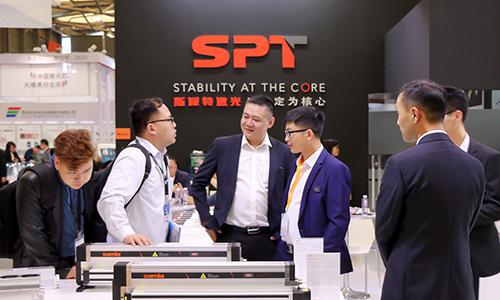
Since the late 1990s, researchers have been writing ultrashort pulses excited by femtosecond laser into bulk materials with wide band-gap, which are usually insulators. But up to now, for materials with narrow band-gap, such as silicon and other semiconductor materials, precise ultra-fast laser writing cannot be achieved. People have been working to create more conditions for the application of 3D laser writing in Silicon Photonics and the study of new physical phenomena in semiconductors, so as to expand the huge market of silicon applications.
Recently, Margaux Chanal and other scientists, who come from France, Qatar, Russia and Greece, published a paper titled Crossing the threshold of ultrafast laser writing in bulk silicon in the latest issue of Nature Communications. In previous attempts to write ultra-fast lasers in silicon, femtosecond lasers have made breakthroughs in the structural inability to process bulk silicon. The use of extreme NA values allows laser pulses to achieve sufficient ionisation to destroy chemical bonds in silicon, leading to permanent structural changes in silicon materials.
In this experiment, scientists found that the femtosecond laser cannot process bulk silicon in structure even if the laser energy is technically increased to the maximum pulse intensity. However, when femtosecond laser is replaced by ultrafast laser, there is no physical limitation in the operation of the inductor silicon structure. They also found that laser energy must be transmitted in a fast way in the medium in order to minimise the loss of non-linear absorption. The problems encountered in previous works originated from the small numerical aperture (NA) of the laser, which is the angle range at which the laser can be projected during transmission and focusing. The researchers solved the numerical aperture problem by using the silicon sphere as a solid immersion medium. When the laser is focused at the center of the sphere, the refraction of the silicon sphere is completely suppressed and the numerical aperture is greatly increased, thus solving the problem of silicon photon writing.
In fact, in silicon photonics applications, 3D laser writing may greatly change the design and fabrication methods in the field of silicon photonics. Silicon photonics is regarded as the next revolution of microelectronics, which affects the final data processing speed of lasers at chip level. The development of 3D laser writing technology opens the door to a new world for microelectronics.


